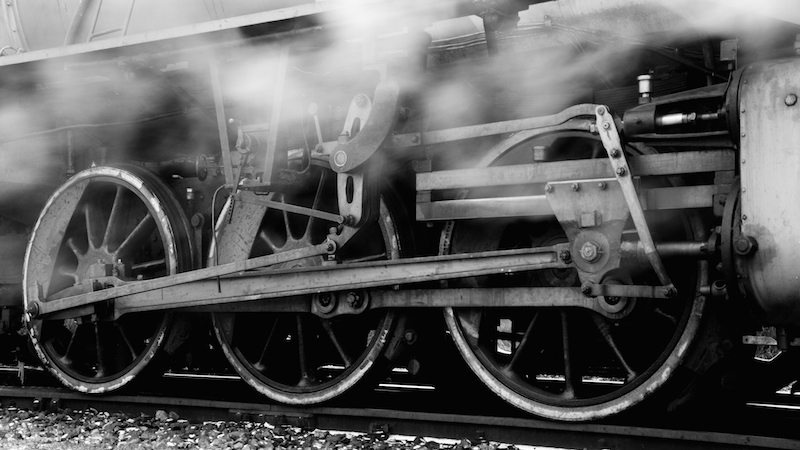Steam Engine
Episode #5 of the course “Inventions that changed the world and their stories”
The steam engine facilitated major advancements in mining, manufacturing, agriculture, and transportation during the Industrial Revolution. However, the history of steam-powered machines predates the era by about 200 years.
Steam engines were developed to remove water from mines. Miner Jerónimo de Ayanz was the first to solve the problem in 1606 by patenting a steam-powered machine that could take the water up to the surface and out. While the Spaniards first patented a steam-operated machine for use, Thomas Savery is usually credited for his similarly-licensed work in 1698.
In 1711, Thomas Newcomen developed a better technique—his redesigned steam engine fixed a flaw that previously caused explosions. Newcomen’s “atmospheric” engine was the first commercial steam water pump machine. However, Newcomen’s engine also had flaws. The machine was inefficient, requiring a constant flow of cold water and an energy source to cool and reheat the cylinder.
Nevertheless, Newcomen’s design lasted until 1765 when James Watt of Glasgow University began repairing a model of a Newcomen engine. Watt fixed the machine by developing a separate condenser to maintain the machine at a constant temperature, and that dramatically improved efficiency.
For financial reasons, Watt didn’t manufacture his machine. But in 1776 he formed a commercial partnership with Matthew Boulton, a manufacturer and engineer. Watt created a single-acting rotative steam engine that featured a parallel motion mechanism that doubled the power of the existing steam cylinder. The advanced engine had a novel gear-shifting mechanism known as sun and planet gearing.
Watt’s steam engine improvements, with Boulton’s vision, brought steam engines to the United Kingdom and the United States. Steam engines were giving power to mills, factories, and breweries by 1800. In 1852, the first flight of a steam-powered airship took place. Future iterations of the steam engine also redefined travel as trains, boats, and railways adopted the technology for the 20th century.
Share with friends

